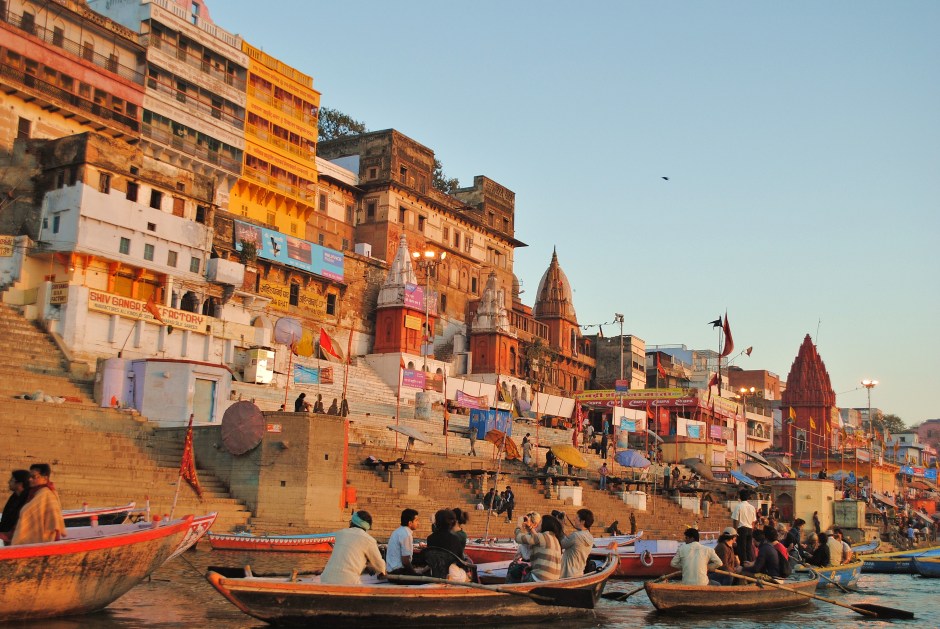The soul of Varanasi, a holy Hindu city in northern India, is defined by its ghats, the stone stairways marching down to the water’s edge of the mighty Ganges River.
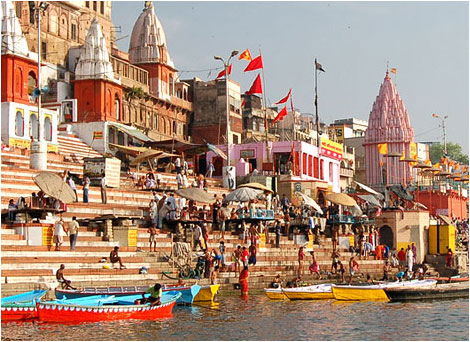
There are about 100 ghats in Varanasi, and all of them are connected to a warren of dirt lanes, crumbling buildings and hole-in-the-wall shops of the labyrinthine old city. Two of the ghats, the so-called burning ghats, are used to cremate corpses in funeral pyres. By Hindu tradition, anyone who dies here escapes the cycle of reincarnation.
Described by 19th century American novelist Mark Twain as “older than history” and by turn-of-the-20th century British traveller Charles Cape as “the Oxford and Mecca of Hinduism,” Varanasi has been a center of learning for 2,000 years.
Once known as Kashi and Benares, Varanasi, stretching along the western bank of the Ganges, attracts about three million pilgrims and tourists a year. They come here directly from Varanasi’s fetid railway station, which India’s new prime minister, Narendra Modi, has promised to clean up. They’re here to wash away their sins in the Ganges, which is sacred to Hinduism and one of the world’s most polluted rivers.
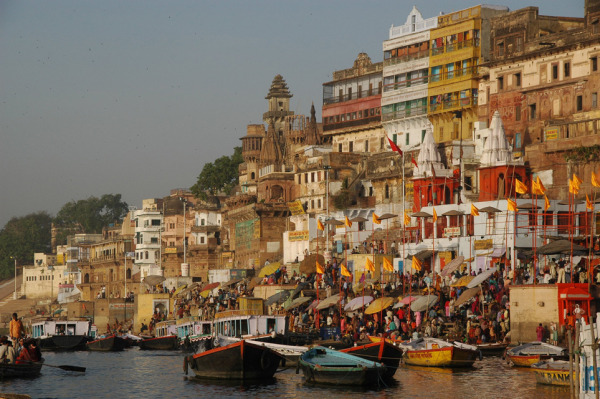
Hindus converge on Varanasi because they believe it offers moksha, liberation from the cycle of life and death. Terminally ill Indians of the Hindu faith thus travel to Varanasi to draw their last breath before they die and are cremated in public.
A deceased male is wrapped in a white garment, while a female is clad in red. The body, having been borne to the ghats on a bamboo stretcher, is dipped in the Ganges, then placed on a pyre attended to by doms, low-caste Indians. The pyre is lit and stoked with a long stick. Occasionally, a dom throws chips of sandalwood into the flames. Black smoke pours from the pyre, and in three hours, the corpse is reduced to ash and thrown into the Ganges, thereby contributing to its degraded environmental condition.
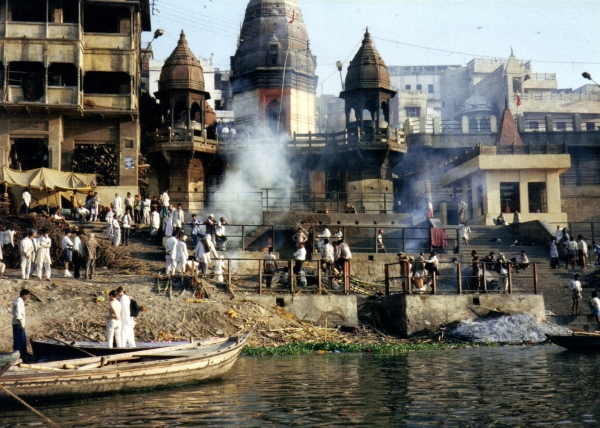
To a Western traveller accustomed to antiseptic funerals, the ceremony is stomach-turning and a source of culture shock. But it doesn’t stop there. Just metres away from the mounds of human ash, laundry workers soak clothes in the dirty water before beating the dirt out of them on stone slabs. Having cleaned the garments, they let them dry in the hot sun.
In close proximity to the washermen, half-naked pilgrims bathe and brush their teeth in the filthy water. Tourists are welcome to watch these timeless rituals of life and death, but are forbidden to take photographs of the burning ghats.

Water-logged during the monsoon months from June to September, the ghats are a magnet for tourists, touts, beggars, aging hippies sporting poneytails and austere sadhus, Hindu holy men who’ve renounced all wordly possessions. The ghats are also the preserve of livestock — cows and water buffalo — and scrawny stray dogs.
The aging ghats are to be refurbished and shored up so that Varanasi has a better chance of becoming a UNESCO World Heritage site, the Indian government recently announced. But as alluring as they are, the ghats are not the only draw in this city of one million-plus inhabitants.
Its bustling outdoor bazaar, consisting of a maze of dark, narrow lanes, is a chaotic madhouse. The fruit and vegetable markets are redolent of a thousand mingled odours.
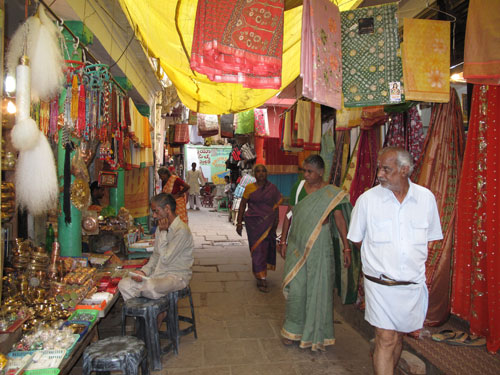
The shops offer the finest iridescent silks in India, but they’re manufactured in grimy, gloomy Dickensian workshops whose workers toil at looms for minimum wages. They’re probably as badly off as Varanasi’s rickshaw drivers and itinerant barbers, who barely eke out a living.
Benares Hindu University, a residential college, is a 15-minute walk from the center of the city and is well worth visiting. Its leafy campus, graced by tropical vegetation, is a tranquil refuge from Varanasi’s frenetic pace.
One final word about Varanasi.
If you expect to wake up at the crack of noon, forget it. At about 5 a.m., the morning stillness is abruptly broken by the low, endlessly repeated chants of “Hare Krishna, Krishna Hare.”
Day in and day out.
Varanasi is timeless.
